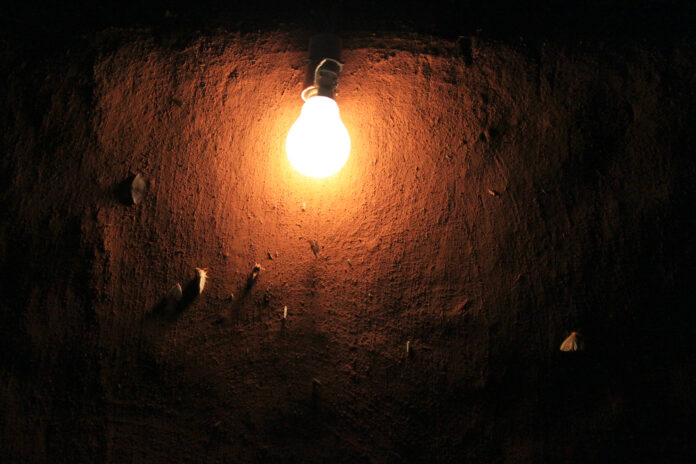Indoor illumination has been evolved to attract fewer insects. Travis Longcore, a professor at University of Southern California (USC) has altered the typical fluorescent and LED lighting system, according to the Daily Trojan.
Arthropods are commonly drawn to wavelengths smaller than 500 nanometers, which produce blue, violet, and UV light. Specialized lighting meant to attract less insects are already used outdoors, but those outdoor lights are far too yellow for indoor use. Humans prefer white light, which typically emits the full color spectrum. This posed problematic for Philips Research, who invited the expertise of Longcore.
Longcore was an assistant professor at both USC and University of California, Los Angeles (UCLA) when he agreed to assist the organization in testing indoor lighting possibilities that would reduce insect attraction. As an instructor in the winter and spring quarters for environmental science, Longcore enlisted the help of his senior research practicum. The environmental science majors had produced a way to create a different color of light by combining different wavelengths in particular sequences.
Longcore and his students discovered that LED lights can be manipulated to exclude blue lights, thereby decreasing insect attraction, yet still appearing identical to broad-spectrum LED lighting. To test this inference, assortments of lights were positioned over pan traps in urban and rural settings. The result was that the collection of insects (mostly flies and mosquitoes) that became caught in the traps underneath the lights that had been modified for reduced attraction was considerably less than that of the fluorescent and commercial LED lights.
The benefits of this lighting discovery not only reduce the overall distress caused by the existence of indoor insects during the evening, but more notably, they offer a gateway to effective lighting that may decrease contact with disease-carrying insects.



